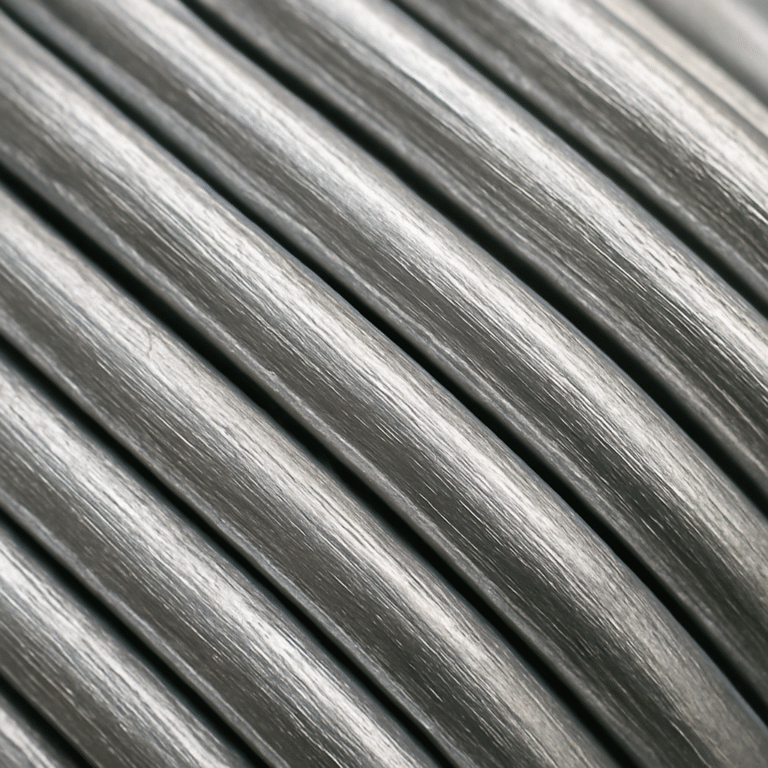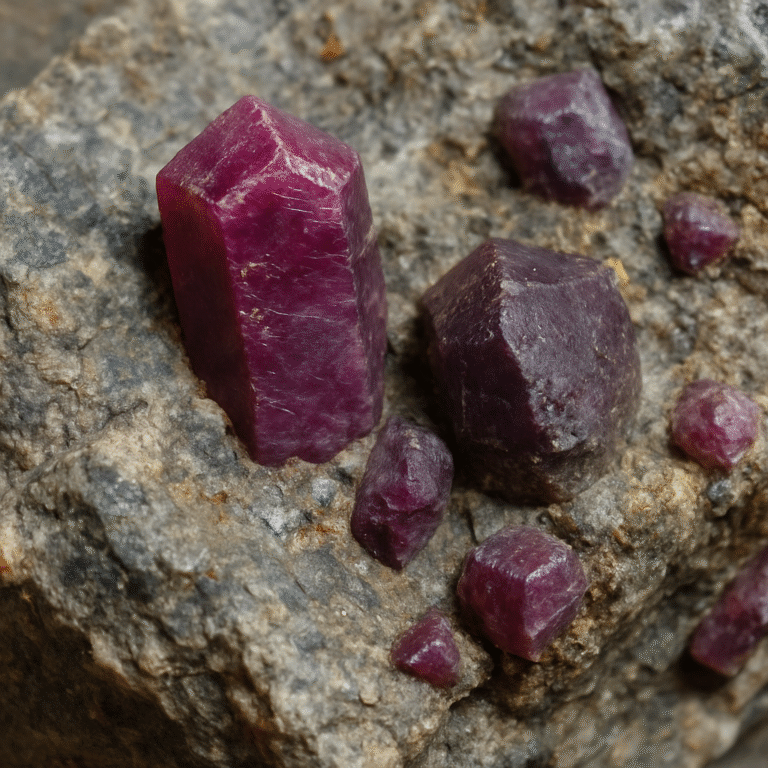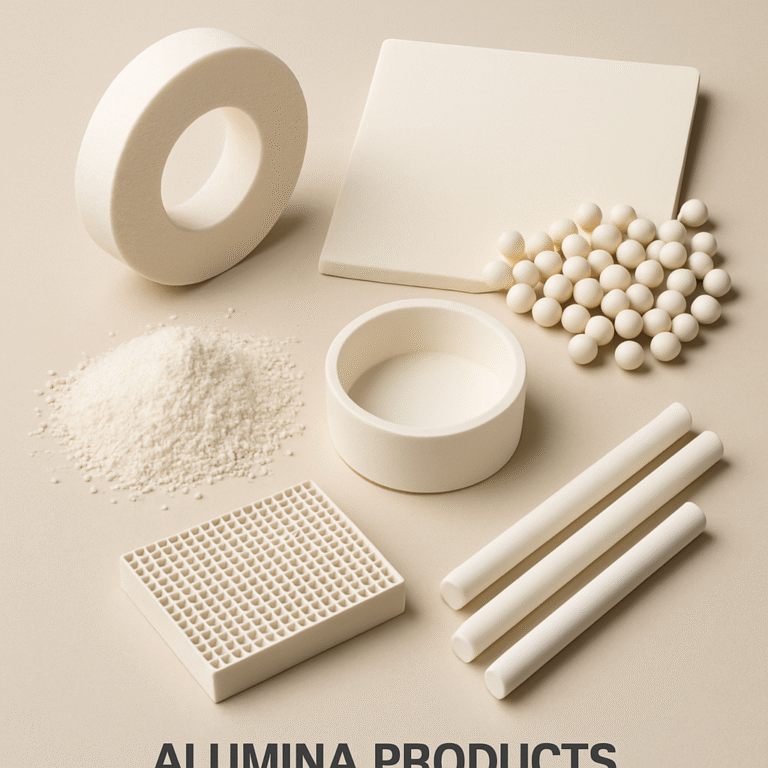Corundum is a fascinating mineral, best known for its hardness and vibrant colors. As the second hardest natural mineral after diamond, corundum has found its place in both industrial applications and the world of gemstones. In this article, we will delve into the properties, types, and uses of raw corundum, as well as the colors it exhibits and its characteristics. Corundum is a crystalline form of aluminum oxide (Al₂O₃) with traces of iron, titanium, vanadium, and chromium. This mineral is notable for its hardness, scoring a 9 on the Mohs scale, just below diamond. Its durability makes it suitable for various industrial uses, while its beauty is appreciated in jewelry. Corundum’s chemical formula is primarily aluminum oxide, but its true beauty and utility come from the trace elements it contains. These elements, such as iron, titanium, and chromium, not only influence its color but also enhance certain physical properties. The presence of these trace elements during its crystallization process contributes to the unique characteristics and variations found within corundum specimens.…









